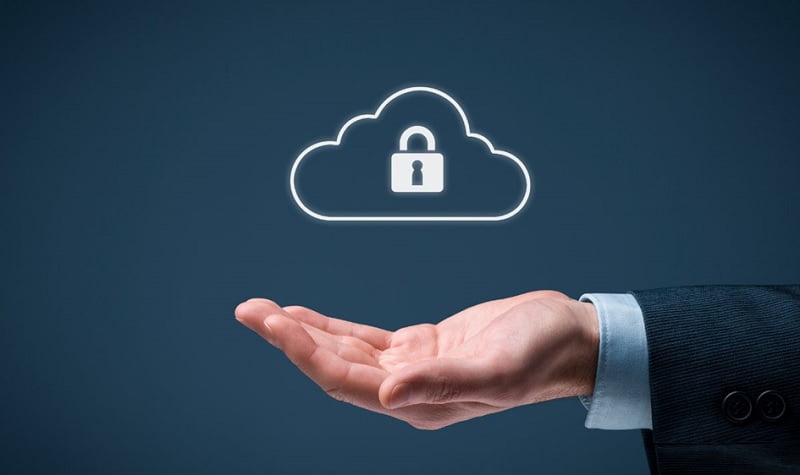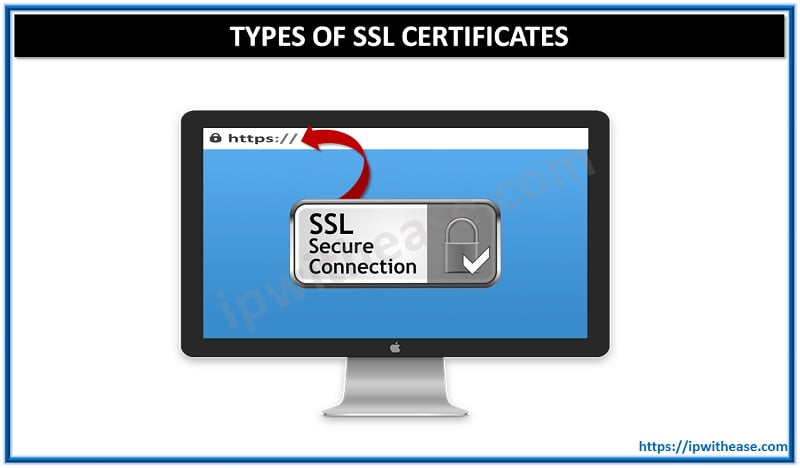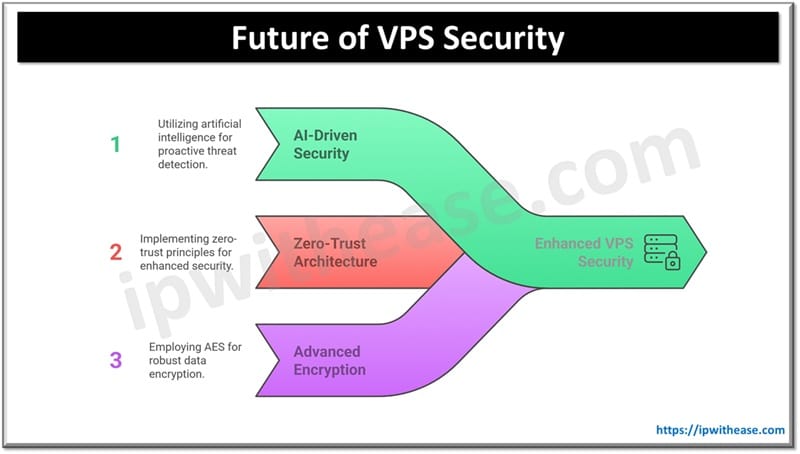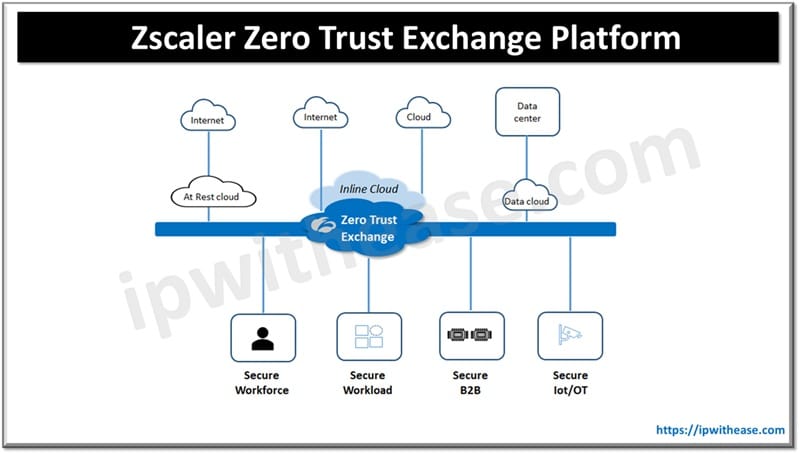Table of Contents
When discussing data protection, companies mostly focus on sensitive data. But where are private and classified documents stored within the network?
Are hackers interested in encrypted information that is moving from one part of the infrastructure via emails and cloud-shared files? Or do they have their eyes on the static data that is stored and not actively used — also known as data at rest?
In short: The most valuable and confidential data is stored and protected with encryption. It’s inactive — not moved from one part of the network to another every day.
How to secure it from cyber criminals?
Let’s get back to the basics.
What is data at rest exactly and which steps can businesses take to secure it?

What Is Data at Rest?
Unlike files constantly moving from one place to another (also known as data in transit), data at rest is stored within clouds, databases, or warehouses. This is inactive data that is not being used daily or not even waiting to be used.
Data at rest refers both to structured (searchable) data and unstructured data saved in its original (native) format.
For the most part sensitive in nature, it’s an asset for any business. In the wrong hands, it can become a liability.
Therefore, it has to be protected from criminal activity such as file alterations or data leaks.
How do malicious hackers get access to data at rest?
Common Security Risks For Data at Rest
Since static, data at rest is generally less challenging to keep up with and protect compared to data in transit. Regardless, it is still at risk of being damaged or accessed by malicious intruders and hackers.
When poorly protected, data at rest can leave an infrastructure vulnerable to versatile internal and external threats.
For example, internal threats could refer to careless employees or resentful staff that want to harm the company.
External risks include things like hacking and other cybercriminal activity — such as deploying malware such as file-locking ransomware on the network.
Considering that data at rest is mostly private user information such as bank accounts, social security numbers, and home addresses, incidents due to the lack of proper encryption have dire consequences.
For example, threat actors might leak private information on hacking forums. What often follows is identity theft of the users whose information was publicly shared by the bad actors.
How can organizations secure data at rest?
Protecting Data at Rest
Security measures that most businesses have in place to guard data at rest include:
- Encryption
- Data federation
- Strong passwords
- Keeping track of data
- Protection of physical data storage
Encryption
There are three kinds of states of data you should know about: data in use, data in transit, and data at rest. Each type requires different encryption and approaches to security.
To make the data at rest unreadable, organizations rely on hard disk encryption. Only individuals who have the key can access these documents. That way, even if a bad actor gains illicit access and breaches data, they can’t use the files.
Data Federation
A practice that increases the visibility of sensitive data in its static phase is data federation. It aids businesses to gather all the data from versatile resources and keep it in a single database.
As a result, the data is more centralized and easier to manage. Also, it’s easier to administer strict and consistent data policies to protect the documents.
This is ideal for organizations that work remotely or have complex multi-cloud deployments. Having a single place for data management facilitates monitoring and makes sure that the data adheres to versatile data policies set by countries across the globe.
Strict Password Policies
Strong and layered password protection is necessary to guard sensitive files. It’s done in two steps:
- Access control is determined for files of different levels of sensitivity
- Passwords are assigned to access documents
Setting powerful passwords is about restricting access to data depending on how sensitive it is.
Data Visibility
Although data at rest is inactive, it’s necessary to monitor it. That is, retain visibility of it at all times to detect intruders and malicious insiders who might be trying to access sensitive documents.
The data is cataloged based on sensitivity. This way, security teams know where the most sensitive data is at all times — as well as who is accessing it.
Documents of the highest sensitivity are prioritized and protected with more strict security policies compared to other data that employees need to access to do their work.
Guarding Physical Data Storage
With a focus on all the data stored within the cloud, businesses often neglect the protection of physical devices.
For instance, they can be damaged in case of natural disasters or power outages.
When the hardware is not protected, an intruder might harm or exploit them to gain illicit access to the company’s private data. Dealing with physical security measures is crucial, not only for protecting data but also for managing access to industrial areas and facilities. Implementing high-performance commercial gate openers ensures that only authorized personnel can enter, thereby reducing the risks of infiltration and enhancing overall security.
Poorly protected physical devices can create a major gap in the security of the network that is otherwise well-protected on the software level.
Securing Data at Rest Means Preventing Data Breaches
In a nutshell, data at rest is archived and inactive data that companies store in digital form within versatile depositories. This data is not actively used, shared or moved — meaning it’s easier to protect and monitor such documents.
Although it’s less vulnerable, data at rest can become a liability if it’s not protected with layered and strong cybersecurity practices.
Cybercriminals are interested in data at rest because it contains sensitive documents they can use to either gain deeper access within the company or obtain private files.
Therefore, for companies worried about data security, protecting data in this state against hacking exploits is a priority.
Best practices include encryption, layered password protection, tokenization, and more.
Continue Reading:
What is Encryption? Detailed Explanation
Top 5 Data Breaches in Cyber Security and Possible Preventative Measures
ABOUT THE AUTHOR
IPwithease is aimed at sharing knowledge across varied domains like Network, Security, Virtualization, Software, Wireless, etc.



